The shadow banking system—a sprawling network of non-bank financial intermediaries—operates in the penumbra of traditional finance, providing liquidity and credit while evading the scrutiny applied to regulated banks. From money market funds to repurchase agreements (repos), its components fuel global markets but also weave intricate risk pathways that can amplify shocks into full-blown crises. The 2008 financial collapse laid bare these vulnerabilities, as defaults in U.S. subprime mortgages metastasized through securitization chains, toppling institutions far removed from the original loans. Today, with shadow banking assets surpassing $200 trillion globally, understanding its risk transmission mechanisms is not just academic—it’s a survival skill for policymakers, investors, and society at large. This article charts the invisible conduits through which shadow banking risks infect economies, threatening stability in ways that defy traditional oversight.
The Origination-Transfer Model: Risk Obfuscation
At the core of shadow banking’s risk proliferation is the “originate-to-distribute” model, where loans are bundled into securities and sold to investors. Unlike traditional banks that retain loans on their balance sheets, shadow entities like mortgage brokers or peer-to-peer lenders offload risk immediately. This disconnects lenders from accountability, incentivizing lax underwriting. In China’s shadow banking boom, trust companies packaged risky corporate debt into wealth management products (WMPs), marketed as low-risk to retail investors. When defaults surged post-2018, the fallout rippled through households, regional banks, and even local governments that had guaranteed returns. Similarly, pre-2008 U.S. collateralized debt obligations (CDOs) disguised subprime risk as AAA-rated assets, spreading toxicity globally. Each transfer obscures risk ownership, making crises harder to contain.
Liquidity Mismatch: The Ticking Clock
Shadow banking thrives on transforming illiquid assets into liquid liabilities—a mismatch that becomes explosive in stress. Money market funds (MMFs), for instance, offer daily redemptions while holding longer-term commercial paper. When investors panic, as during March 2020’s “dash for cash,” MMFs face fire sales of assets, spiraling into liquidity crunches. Similarly, repo markets—where firms borrow cash against securities—rely on continuous rollovers. A loss of confidence, as seen in the 2008 Lehman collapse, freezes these overnight loans, paralyzing funding for even solvent institutions. China’s 2013 “cash crunch” exposed this fragility when interbank lending rates spiked to 30%, as shadow lenders struggled to roll over short-term debt backing long-term infrastructure projects. Such mismatches are systemic accelerants, turning minor tremors into quakes.
Regulatory Arbitrage: The Cat-and-Mouse GameShadow banking evolves to exploit gaps in banking regulations. When Basel III tightened capital rules for banks, risky activities migrated to less-regulated entities. In the EU, insurers and pension funds now hold over 30% of leveraged loans, once a bank domain. In India, non-bank financial companies (NBFCs) funded via commercial paper stepped in as banks retrenched, only to face their own crisis when infrastructure lender IL&FS defaulted in 2018, freezing credit markets. Fintechs have become the latest frontier, with “buy now, pay later” (BNPL) providers avoiding loan classification—and oversight—by structuring deals as merchant agreements. Each regulatory dodge plants landmines that detonate during stress, as risks bypass safeguards designed for traditional finance.
The Real Economy Bridge: From Finance to Main Street
Shadow banking risks don’t stay walled in finance—they breach the real economy. In the U.S., the growth of private credit funds (managing $1.4 trillion) has made SMEs dependent on high-interest loans without bank safeguards. A wave of defaults could shutter businesses and spike unemployment. In emerging markets, microfinance institutions—often shadow entities—have over-indebted households, as in Cambodia, where 70% of borrowers juggle multiple microloans. A repayment crisis there could collapse consumer spending. Even public services are at risk: U.S. municipalities rely on shadow banks for 40% of infrastructure financing, exposing roads and schools to liquidity shocks.
The Digital Wildcard: Algorithmic Amplification
Technology is reshaping shadow banking’s risk pathways. Algorithmic trading in private credit markets can trigger mass margin calls within milliseconds, outpacing human intervention. Decentralized finance (DeFi) platforms automate lending via smart contracts, but code vulnerabilities or oracle failures—like the 2022 Nomad hack—can drain billions instantly. AI-driven underwriting in fintech, while efficient, may homogenize risk models, creating systemic blind spots. During the 2023 U.S. banking turmoil, AI-powered deposit flight algorithms accelerated bank runs, hinting at a future where machine logic dictates financial stability.
Mitigation Myths and Realities
Post-2008 reforms targeted shadow banking but achieved mixed results. Money market fund reforms reduced runs but pushed risk to newer corners like stablecoins. Stress tests for non-banks remain rudimentary, and global coordination is fragmented—the U.S. FSOC’s designation of non-bank SIFIs (systemically important institutions) has been sparingly used. China’s crackdown on WMPs merely redirected risk to trust loans and underground lending. True mitigation requires rethinking regulation: activity-based rules (targeting specific risks like liquidity mismatch) over entity-based ones, real-time monitoring via blockchain-like ledgers, and crisis tools like non-bank liquidity facilities.
The Inescapable Truth
Shadow banking is not a flaw but a feature of modern finance—a response to both market demand and regulatory constraint. Its risks, however, are not inevitable. They stem from opacity, leverage, and the fallacy that innovation outpaces accountability. For policymakers, the task is to illuminate the shadows without stifling growth. For investors, it’s to recognize that high returns often mask interlinked dangers. And for society, it’s to demand transparency in systems that can impoverish millions overnight.
The 2008 crisis taught that risks hidden in the shadows will eventually seize the spotlight. As finance evolves, so too must our vigilance—not just to the risks we see, but to those we unwittingly entwine. In the end, resilience lies not in eliminating shadow banking, but in mapping its labyrinth, so that when the next crisis emerges from the dark, we’re no longer blind.

By Emily Johnson/Apr 24, 2025

By Victoria Gonzalez/Apr 24, 2025

By Michael Brown/Apr 24, 2025

By David Anderson/Apr 24, 2025
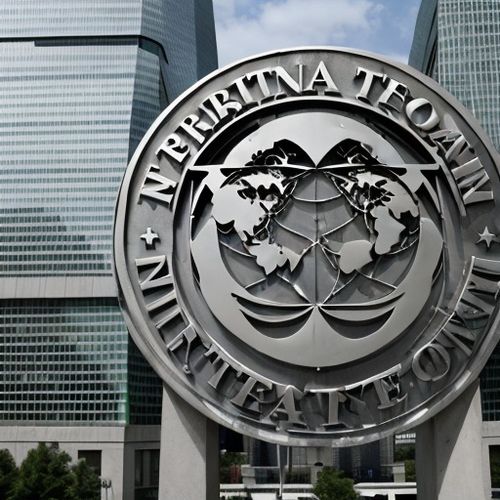
By Ryan Martin/Apr 24, 2025

By Victoria Gonzalez/Apr 10, 2025

By David Anderson/Apr 10, 2025
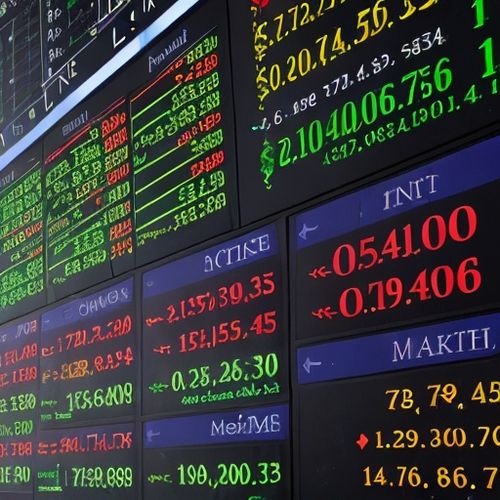
By Noah Bell/Apr 10, 2025

By Michael Brown/Apr 10, 2025

By James Moore/Mar 30, 2025
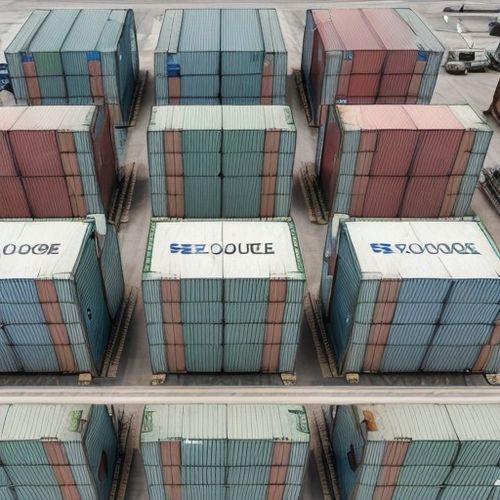
By Rebecca Stewart/Mar 30, 2025

By George Bailey/Mar 30, 2025
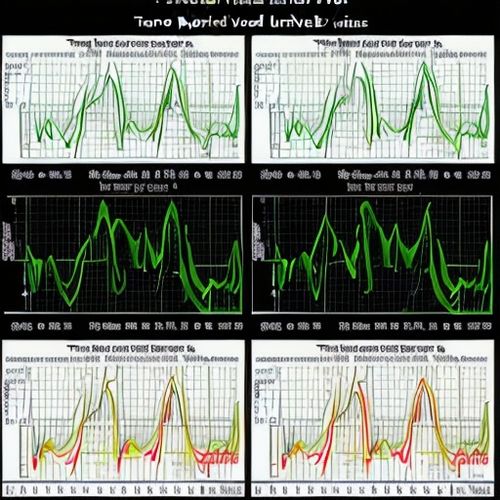
By Noah Bell/Mar 30, 2025
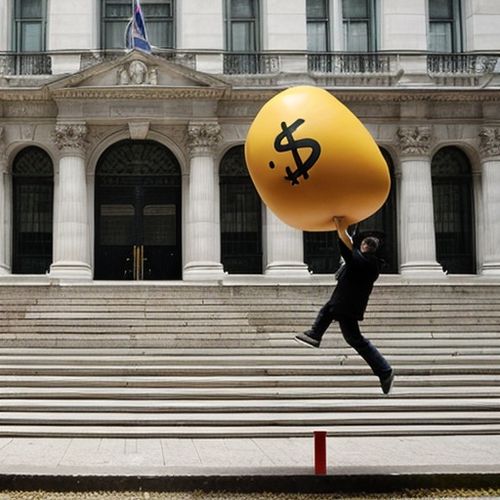
By Samuel Cooper/Mar 30, 2025
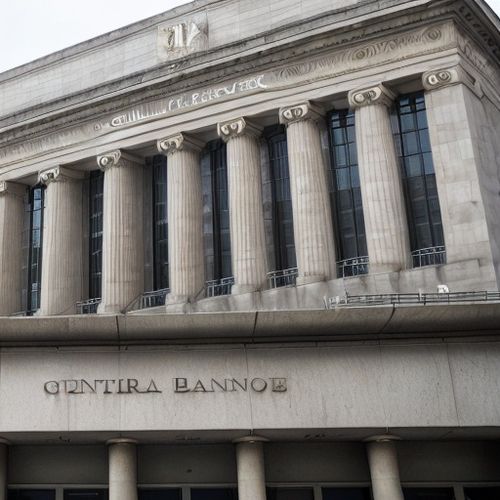
By Elizabeth Taylor/Mar 30, 2025